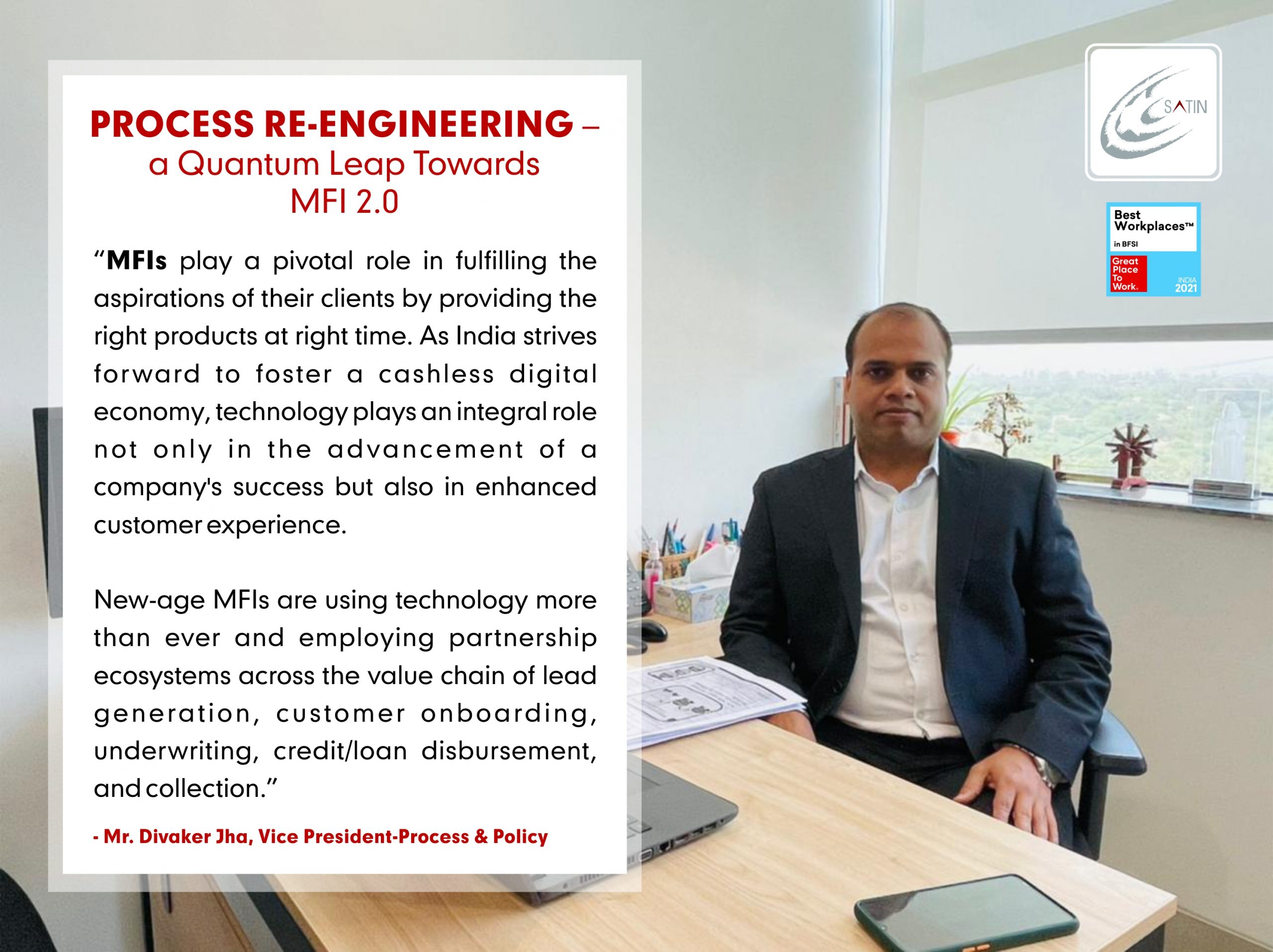
In today’s dynamic business scenario, MFIs are constantly re-engineering and re-inventing their processes to improve the customer experience, and taking it to another level. Loan portfolio management solution improvisation over the decade has helped several financial institutions manage their lending process seamlessly. It makes the business efficient right from the day-to-day lending processes to strategic directions like demand forecasting and supply planning. Traditional advantages of MFIs will slowly fade with the deepening of banking in the country. It is imperative that MFIs harness latest trends in technology, digital adoption by customers and the web of partnerships to innovate and come up with new models.
In the past, the reach in rural areas was difficult due to limited access and transportation. This infrastructural gap has now decreased due to the advent of technology. Today, the aspirations of rural clients are following the path of urban middle class with the ease in access to information through mobiles, tablets, TVs etc. MFIs play a pivotal role in fulfilling the aspirations of their clients by providing the right products at right time. As India strives forward to foster a cashless digital economy, technology plays an integral role not only in the advancement of a company’s success but also in enhanced customer experience. New-age MFIs are using technology more than ever and employing partnership ecosystems across the value chain of lead generation, customer onboarding, underwriting, credit/loan disbursement, and collection. Artificial intelligence (AI) and Machine Learning (ML) have equipped lenders to measure individual customer insights and build alternative credit scoring models. Mobile and smartphone penetration has enabled MFIs to connect with customers having low incomes, who can use their mobile devices throughout the lending cycle of application, engagement, e-KYC, and e-signature for disbursements. Digital modes of KYC and collection over the years have enhanced our operational efficiency. It solves the issue of managing physical copies and cash. Further, it reduces the risk and the cost which is associated with traveling. This not only creates a goodwill but also creates an atmosphere of trust between the field officers and customers.
To keep up with the other financial institutions, MFIs are extensively using technology from the creation of a product to its implementation. For instance, in the initial days, sourcing of loans to the disbursal was done manually but now mobile devices like tablets are used for this purpose. Most of the MFIs have also evolved their very own internal CRM software to organize the business more efficiently. Efforts have been made to migrate loan collections to digital platforms which have greatly improved operational efficiency and helped in minimizing risks. Further, data analytics have been leveraged for predicting portfolio behavior, building risk models, and designing customer-centric products. There is always the issue of credit discipline among the borrowers but increasing engagement with borrowers through virtual/telephonic means and sensitizing staff on fair practices code has helped in restoring confidence in borrowers and maintaining the credit discipline.
Few organizations in the sector are moving forward in testing and deploying solutions in collaboration with Fintech Software as a Service (SaaS), to automate back-end and middleware software applications, which will make the origination and underwriting process swift, structured and transparent. The technology-driven business model of MFIs, which aims to reduce dependency on manual tasks and is built on the capabilities of Robotic Process Automation (RPA,) leads to wider inclusion, cost-effectiveness, prowess in credit quality, and a quicker turnaround time than traditional lending models of banks. Rather than having key resources scan pages of documentation to assess creditworthiness and risks involved in lending to an individual, technologies like RPA can enable such resources to focus on core business needs.
In light of the above, we see a lot of scope in how MFI lending will evolve over the years, and this is the disruption which will lead to more meaningful financial inclusion.
Mr. Divaker Jha (Vice President-Process & Policy)
Satin Creditcare Network Ltd
- Date: 19th Jul’21
- Client: Mr. Divaker Jha
- Category: Blogs
